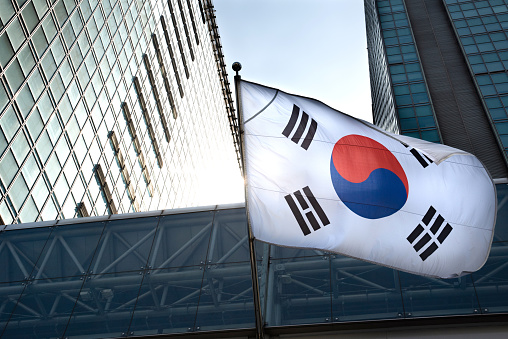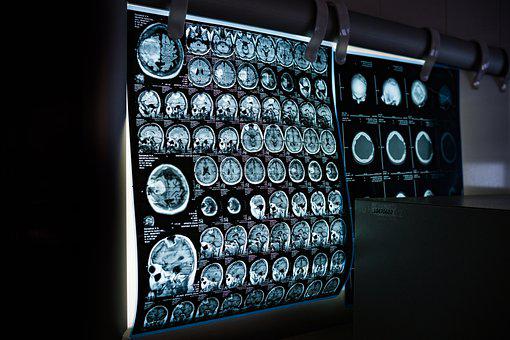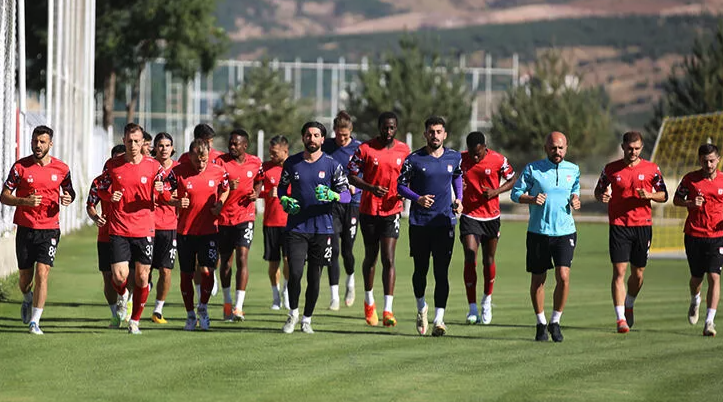What Type of Economy Does North Korea Have?
North Korea’s economy is a mixed one. Some would call it a Command economy while others call it a Market economy. In April 1982, Kim Il-sung announced a new economic policy focusing on increased agricultural production and development of infrastructure, power plants, and transportation facilities. Trade was also a priority.
Command economy
The North Korean economy is controlled by the state, with the central government owning all means of production. A command economy is one in which the government sets economic priorities, rather than the market, and consumers have no influence over production. Since the 1950s, economic policy has been promulgated through national economic plans. Early plans placed great emphasis on postwar reconstruction and the development of heavy industries. Later plans focused on resource exploitation and improving technology and infrastructure. Agriculture, meanwhile, received little attention until the 1970s and 1980s.
In the early 1990s, the North Korean economy began to deteriorate. While the government remained committed to maintaining a differentiated party-state administrative structure, its ability to operate and mobilize resources to provide basic state services decreased. In addition, insufficient government revenue prevented the state budget from providing basic services. Despite its claim of being a tax-free nation, North Korea still collects non-tax payments and requires workers to work on government projects without compensation.
In addition to the government’s economic policy, North Korea’s leader has monopolized the most important opportunities, including export and import licenses. The leader also controls the distribution of these licenses among various departments. The government also grants licenses to monopoly trading companies. This gives them an advantage over other trading companies, resulting in massive price gaps. As a result, North Korean exports have mainly been natural resources and extractive products.
Over the past two decades, the number of markets in North Korea has grown significantly. A Beyond Parallel study revealed that there are 436 officially sanctioned markets in the North. They are located in urban and rural areas. They seem to be deeply integrated in the society. Each province has on average 48 markets. The provinces with lower population density tend to have fewer markets.
Market economy
The North Korean market economy has undergone considerable change over the last twenty years. In the early 1990s, there were few government-funded social safety nets. Even the few government-sponsored social safety nets provided were limited and focused on the party-state. As a result, revenue collection for the party-state was fragmented. Although women were allowed to engage in commercial activities in the markets, men were required to report to work each day, despite being able to “buy out” their contracts. This allowed the female members of the family to earn the income needed to maintain their family.
The North Korean market economy is largely a revolving-door system, with the state exercising a monopoly on foreign trade. This is essential because foreign currency is the main source of the regime’s income, and is essential for the survival of the regime. In addition, the distribution of trade licenses is a major means of maintaining the dependency of the regime’s elite on the leader. In this context, trade licenses are often resold and passed from stronger to weaker agencies. Furthermore, individuals and agencies involved in the market economy are being closely monitored by the Ministry of State Security.
The North Korean government has not been able to establish a strategic consensus on the market economy, limiting the scope for growth and prosperity. However, many North Koreans are waking up to the benefits of capitalism. The North Korean regime is pushing commercial activities to generate foreign currency revenue, and this has resulted in a lowering of ideological taboos about capitalism. Most North Koreans now believe that the market economy will make them richer and socialism is dead.
However, recent statistics show that North Korea has struggled to achieve a trade surplus since 1990. In fact, between 2005 and 2017, its trade deficit stayed at around $1 billion. In 2017, the trade deficit grew to $2 billion, and it topped $3 billion in 2019. As a result, the North Korean economy remains weak.
Energy sector
The North Korean economy is extremely energy intensive. Although it is understandable why it is this way, it has also made it difficult to change the economy. The fact that the country struggles to produce more energy will limit the efficiency of the economy and prevent it from capturing its real comparative advantages.
The energy sector in North Korea is not prioritized by the North Korean government. In addition, the government does not prioritize electricity and transportation. Officials there argue that this is due to the fact that their coal output is not enough to meet their demand. They also claim that their power output has been slowed by the amount of water they have to pump out of their mines. The government should focus on coal production and electrifying their rail transportation systems.
North Korea is attempting to improve its power generation capacity. It has begun to build a number of small and medium-sized power plants. It also increased the production of coal. However, progress in this area has been slow due to outdated power transmission facilities and lack of funding. As a result, there is a need for more investment in the sector.
Although North Korea does not publish comprehensive data on its economy, foreign aid groups and visitors to the country provide useful information. While press reports are mostly anecdotal, they may give an indication of North Korea’s economic plans for the year. A dozen years ago, Pyongyang used to publish long-term plans that included volume-based goals for several industries. The long-term planning system, however, was doomed to failure and the government is now relying on an anecdotal data of its factories and industries to guide economic policies.
While North Korea does not have domestic oil reserves, it imports oil and other natural resources from abroad. Oil accounts for about six percent of the country’s primary energy consumption. In addition to the Soviet Union and China, North Korea also imports oil from Iran. The quantity of oil imported by North Korea was 2.6 million tons in the mid-80s. This volume quickly dropped to 1.5 million tons by the end of the decade.
Tourism sector
Kim Jong-un has identified tourism as a growth sector for the North Korean economy. Pyongyang has opened an embassy in Madrid, home to the UN World Tourism Organisation, and has been building programmes to train tourism professionals. By leveraging inter-Korean tourism, Pyongyang can generate cash without destabilizing its regime.
The study draws on primarily North Korean materials, such as supreme leader speeches, leading domestic scholarly journals, and other publications to examine North Korea’s tourism development expedition. It argues that tourism development is essential to the North Korean economy, a legitimate method of legitimating Kim Jong Un’s leadership and modernizing the country, while boosting the regime’s power base. It provides a critical understanding of the role of tourism in North Korea’s economy and suggests new directions for policy and research.
Although tourism is important to the North Korean economy, it is currently experiencing difficulties. The lack of raw materials in North Korea is hampering the construction of large tourism facilities at Samjiyeon and Wonsan. The government has sent a delegation to China, led by the president of the Petrochemicals Trading Company (PTC), whose goal is to acquire chemical materials for key construction projects. But the delegation was unable to reach its goals due to the ongoing economic crisis.
While there are signs of recovery in North Korea’s tourism industry, China continues to remain a key trade partner for the North. China has become one of the country’s largest export partners, and its trade with China has increased significantly.
Infrastructure
North Korea is a country with a huge and untapped resource base that it inherited from its Japanese colonial period. However, North Korea’s economy began to reach bottlenecks during the 1960s and this slow economic growth continued into the 1980s. North Korea’s economy has been driven by a policy of self-reliance that emphasizes heavy industry.
After the Korean War, Kim Il Sung started to rebuild the economy of North Korea. This included introducing a centrally planned economy. The Russians, who had been intervening in Korean politics since the Tsarist era, provided substantial funding and specialists to help build the North Korean economy. Mao, who came to power five years later, saw North Korea as a critical buffer zone against the growing power of capitalism in the Far East.
The infrastructure of North Korea’s economy is poor. The country has just a dozen ports that are large enough to handle large ships. In addition, North Korea has only 22 airports with paved runways, and the main airport in P’yongyang, Sunan, only operates 20 flights a week to six destinations.
As North Korea looks toward the future, it needs to develop a clear path to economic development. The authors present a detailed blueprint of how to achieve this goal using foreign investment as an organizational framework. They identify priority sectors and industries where North Korea can gain a comparative advantage. They also analyze the development paths of neighboring countries and adapt them to the needs of North Korea.
One of the main bottlenecks in the North Korean economy is in the energy sector. Its supply of coal, oil, and electricity has decreased steadily since the 1990s. Previously, the country imported oil from China and the former Soviet Union, but now it imports less than four million barrels of crude oil annually. This serious cutback in oil imports has caused critical problems in North Korea’s agriculture and transportation sector.



